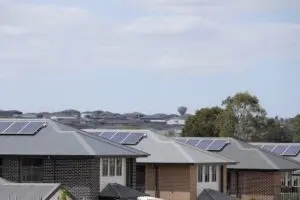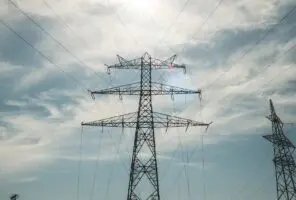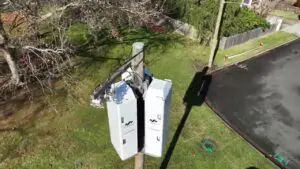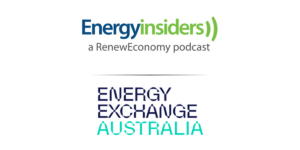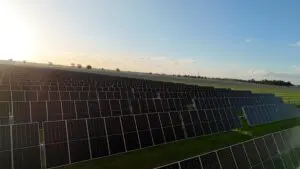The company that owns Basslink, the high voltage cable that links Tasmania with the mainland grid, has called in administrators after the state government sued it for damages over the long outage that hit the island in 2015.
Keppel Infrastructure Trust announced that Basslink Pty Ltd (BPL) and related entities have entered voluntary administration. Local authorities will quick to point out that it should not affect electricity supplies.
CEO Malcolm Eccles said the decision followed the dispute with the state government and the failure to reach a sale agreement with APA. He said the link will continue to operate through the process.
EY has been appointed as voluntary administrators by the affected companies while their lenders have appointed KPMG as receivers.
The months-long failure of Basslink in 2015-2016 was part of a series of unfortunate events that started with Tasmania’s driest Spring on record, which led to a shortage of water in the dams used to generate hydro electricity – the state’s usual source of reliable renewable power.
Tasmania responded by starting to import more electricity from Victoria, until the link to the mainland failed, taking it out of action for months and forcing the island state to lurch back to the expensive fossil fuel era.
In December 2020, the arbitrator High Court Chief Justice Robert French found that the 2015 cable failure was not a force majeure event, as Basslink had claimed, but rather was caused by thermal overstressing arising from BPL’s operation of the interconnector.
In light of this finding, Justice French awarded the state and Hydro Tasmania in excess of $70 million, including costs related to the cable failure, and ordered Basslink to take actions to improve the operational performance and reliability of the cable.
The state owned generation company Hydro Tasmania said in a statement it was aware of the move, and said the contracts allow for the Basslink interconnector to continue to operate through this process.
“Hydro Tasmania’s energy in storage is at 52.6 per cent, which is a very secure position, well above the High Reliability Level,” it said. When the cable failed in 2016, it occurred in the midst of a drought that led to low dam levels and fewer options to generate power.


